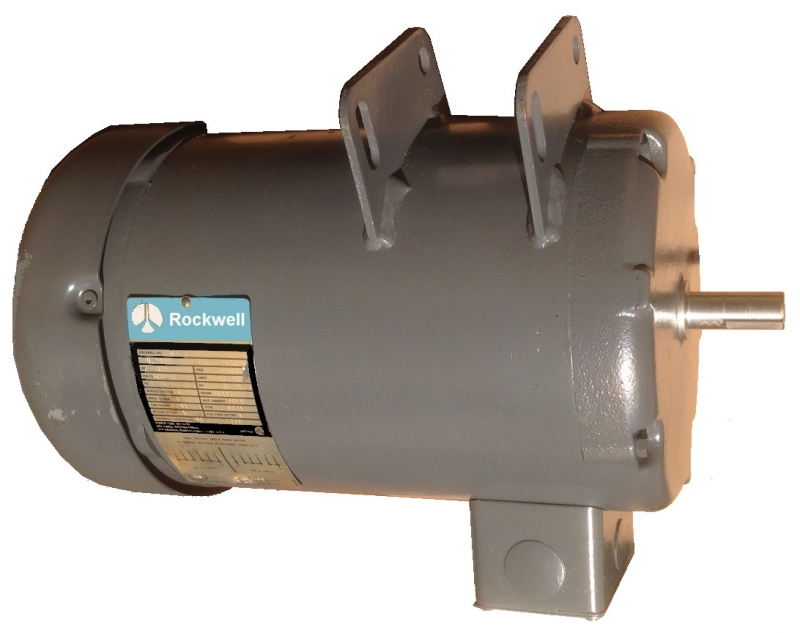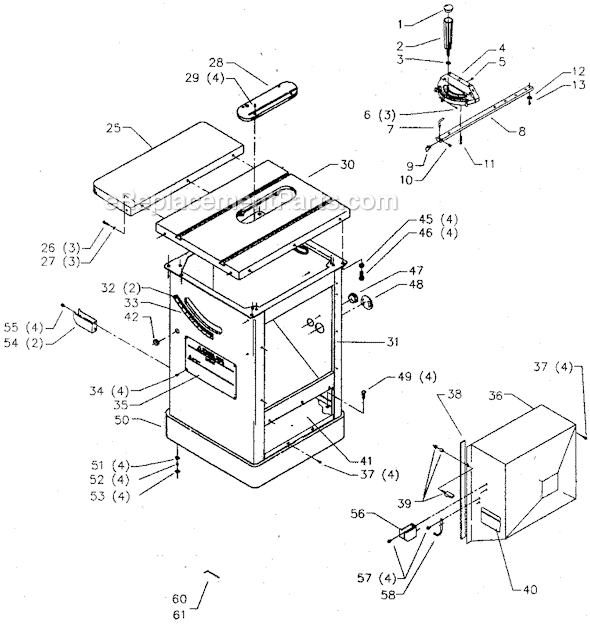

The plate rated it at just 1-horsepower, but in use, I can only say they must have made horses differently back then. When the armature turns fast enough, centrifugal force cuts out the extra juice.īecause of its shape, the monster 86 pounder was called a “bullet” motor. To get this armature up and running, extra power feeds through four carbon brushes and a commutator. This old saw uses a repulsion-induction motor. The capacitor element of the motor, simply stated, helps give the heavy motor armature an extra jolt of power to get it up to speed, then it cuts out. Just about all motors on modern machines are capacitor-start induction motors.


What I did find completely different was the motors. In fact, when I decided to upgrade the 1944 Unisaw with a new Biesemeyer fence, I found the hole centers and bolt sizes for attaching the new fence were exactly the same today as they were 65 years ago. The overall look, interior workings, trunnions and more looked like they could easily interchange between Unisaws. The old saw’s fence was essentially the same as the Jet Lock rip fence from my contractor saw. I’ve owned two table saws during the past 30 years and both were made by Delta (a “contractor” saw purchased in 1980 or so, then a new Unisaw I bought in 2000) and it was clear this 1944 version shared a lot of the same DNA. When purchased, it was clear the saw needed work, but how much was unknown. There were three things that first struck me about my “new” machine: 1) how familiar it looked (there had been very few significant design changes through the decades) Ģ) the Art-Deco style and logo were very cool looking and 3) the shape of the motor was far different from any “modern” motor I’d ever seen. As you would expect, “getting acquainted” was the first order of business after hauling the Unisaw back to the Popular Woodworking Magazine shop. In a matter of seconds, it was mine for $165.Īnd thus began my relationship with a 65-year-old woodworking machine. Next he asked for $75 and a hand went up.

So just how much should I pay for the saw? Would it be a steal? Would a “collector” bid up the price? The auctioneer asked for $125. The contents of the building where I discovered it were to be sold at auction. Meet your Daddy! The WWII-era Unisaw design was relatively unchanged until Delta released its totally redesigned Unisaw in 2008.īut finding this relic and owning it were two separate matters.


 0 kommentar(er)
0 kommentar(er)
